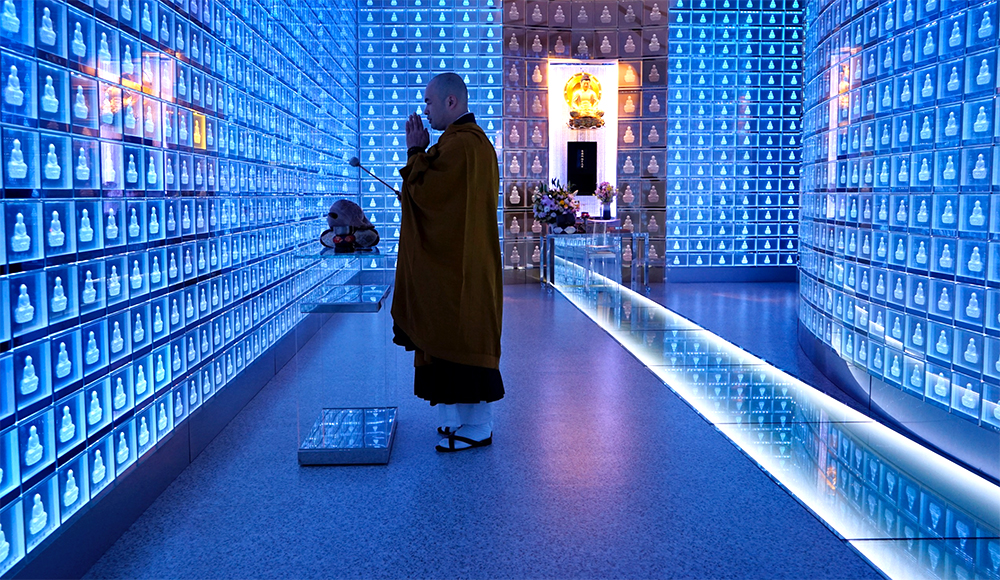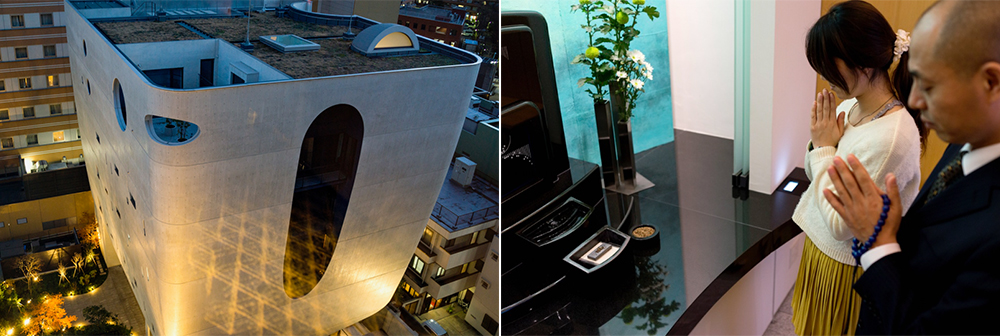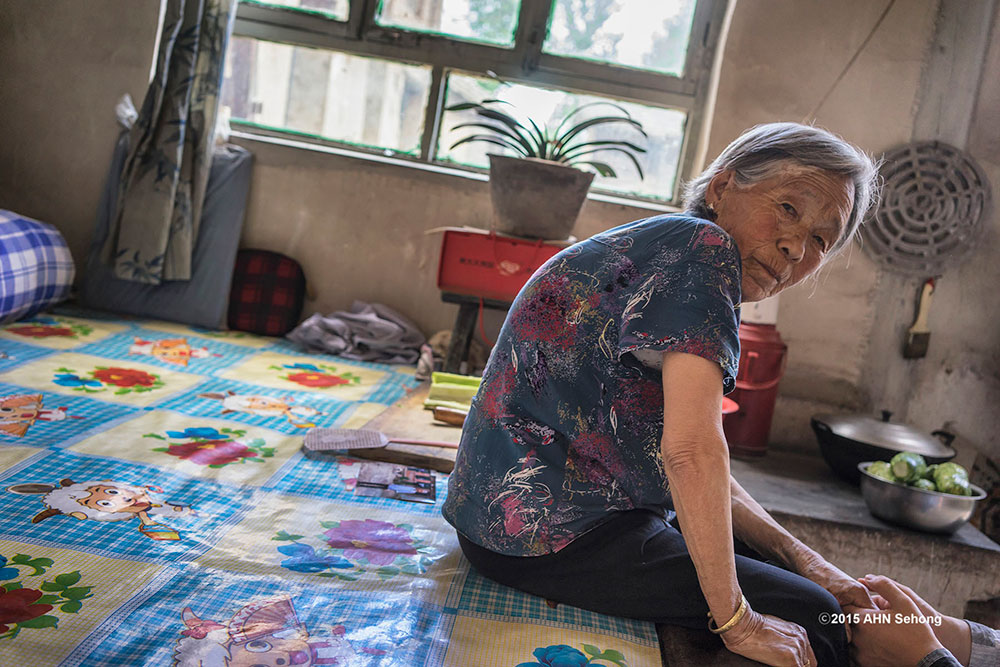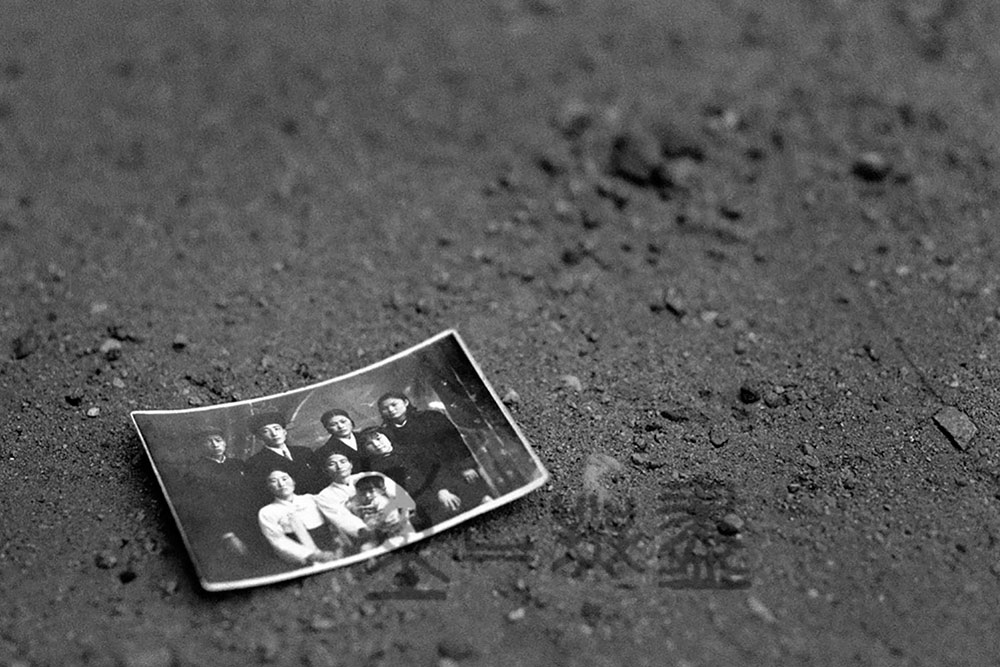
This year Australian photographer Yani Clarke spent a month documenting life and death at Nepal’s Pashupatinath Temple, a site that incinerates more than 40 bodies a day. Despite the constant presence of death and grief, Pashupatinath is hardly somber. Clarke’s photos are full of holy men, monkeys, and festivities. But it was still a shock for the photographer, at the age of 21, to engage with death so intimately for the first time.
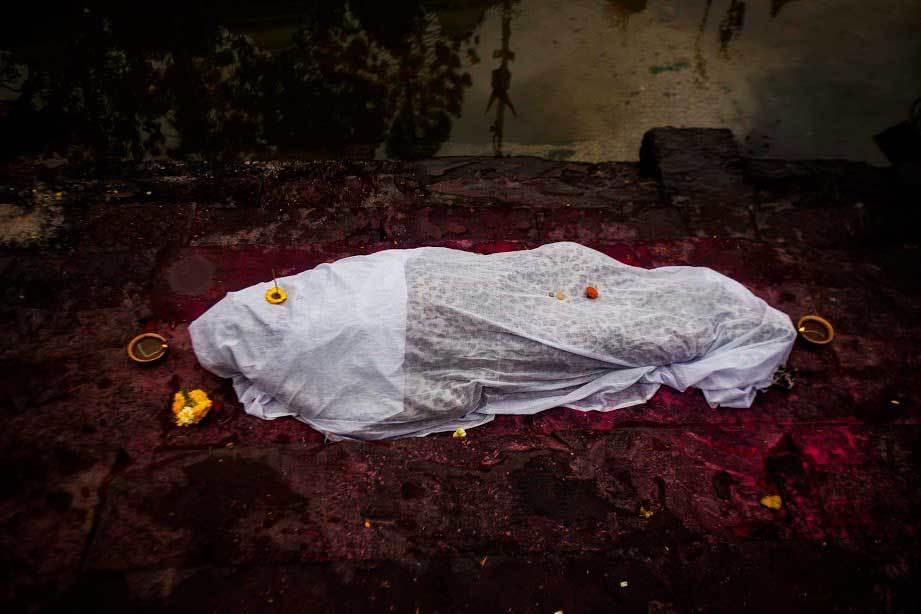
Erected in the 17th century, Pashupatinath Temple in Kathmandu, Nepal, is one of the most significant Hindu temples of Lord Shiva in the world – home to orphans, beggars, rabies-riddled-monkeys, un-holy-holy-men and of course: the dead, the living, and both – stuck in the grips of life`s cruel limbo. Pashupatinath is in a state of flux, brought about by modern technologies such as the impending opening of an electric crematorium only a few hundred meters away.
Read the interview with Yani Clarke on VICE.com:
http://www.vice.com/read/living-with-death-in-a-temple-in-nepal
Yani Clarke is a 21-year-old Australian photographer based in Montreal, Canada. Yani was raised in Newrybar — a small country town in the Hinterland of Byron Bay in the Far North Coast of Australia.
In 2013 Yani worked in tandem with renowned Australian documentary photographer and photojournalist, Jack Picone. In 2014 and 2015 Yani was nominated for the prestigious Joop Swart Masterclass, being one of only three Australians selected.


